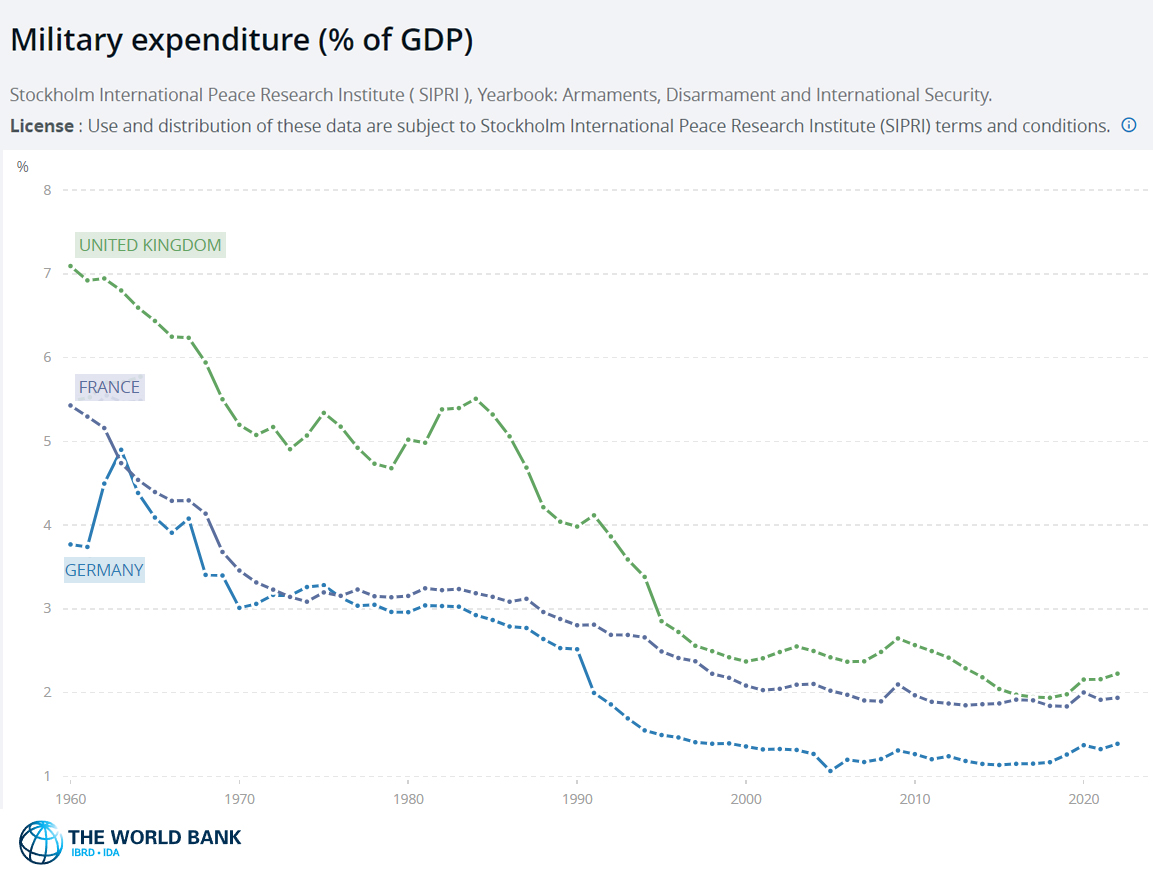Scholz Admits Germany Lives in “Unpeaceful Times” But Not Ready to Reach Minimum Defense Spending
Chancellor Olaf Scholz announced that Germany will raise the annual defense spending to 2% of gross domestic product, in adherence to the agreed-upon expenditure level for all NATO members. In fact, such intent was stated by Berlin back in November 2023 during budget debates for the upcoming 2024.
But the approved document fell short of the 2% target, even with the money from a special €100 bln fund purposed to finance multi-year programs. The base defense budget for 2024 amounted to €51.8 bln plus €19.2 bln from the fund, and about €7 bln from other budgets. That makes about €78 bln, while the goal requires at least €85 bln.
Read more: The Defense Intelligence of Ukraine Confirms that the russians Buy Starlink Terminals Through Arab Countries (Radio Conversation)

Still, there’s a possibility of funds being redistributed, potentially allowing Germany to reach the 2% defense spending in 2024. Yet, the critical question remains: is even this hard-to-implement allocation adequate in the current realities?
The origin of the 2% benchmark dates back to the NATO summit in Riga in 2006. It was established in response to a significant decline in defense spending across NATO member states.
However, the security landscape has evolved since then. In 2006, the bombing of Yugoslavia was a distant memory from six years prior, and the russian invasion of Georgia was yet to happen two years later. The 2% target was set for a period of relative peace and low-intensity conflicts against adversaries much inferior in military power and peacekeeping operations. It could not and was not supposed to meet the security challenges present nowadays.

Now Chancellor Scholz has acknowledged that “we do not live in times of peace,” as Reuters quotes him on the defense budget issue. Considering Germany is not at war with anyone at the moment, this implies a situation akin to the pre-war period, reminiscent of the Cold War era. During the 1970s, West Germany dedicated 3% of its GDP to defense, a figure which decreased to 2.5% with the advent of the Perestroika period in the USSR.
Germany’s defense spending was not even the leading among the European countries. In the 1970s and 1980s, France allocated 3.5% of its GDP to defense, while Great Britain dedicated 4%–5.5%. Belgium despite having no colonies spent 3%–3.5%, and the Netherlands maintained 2.5%–2.7%.

That is, despite being also a psychologically significant milestone, the 2% benchmark reflects the security concerns of 2006 rather than the situation of 2024 with the largest war in Europe since World War II. To substantially enhance defense capabilities, Germany must allocate significantly more resources to catch up for decades of stagnation. This challenge extends beyond Germany and goes the same for the entire European contingent of NATO.
Read more: Speaking of War in Ukraine, Europe is Still Reluctant to Look Back at WW2


